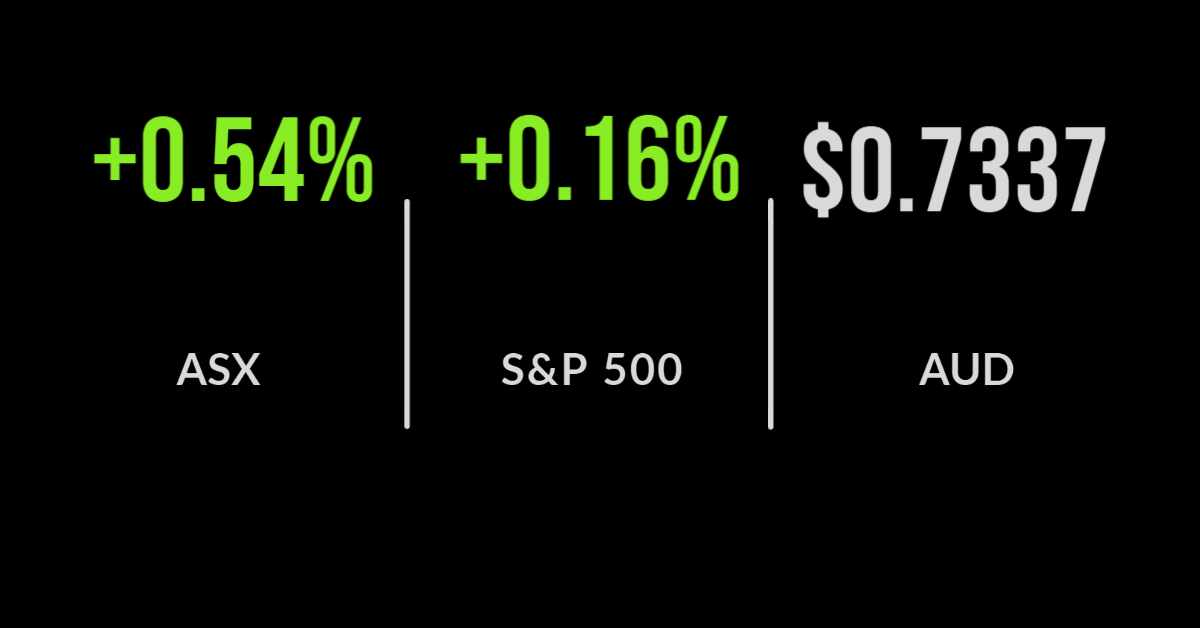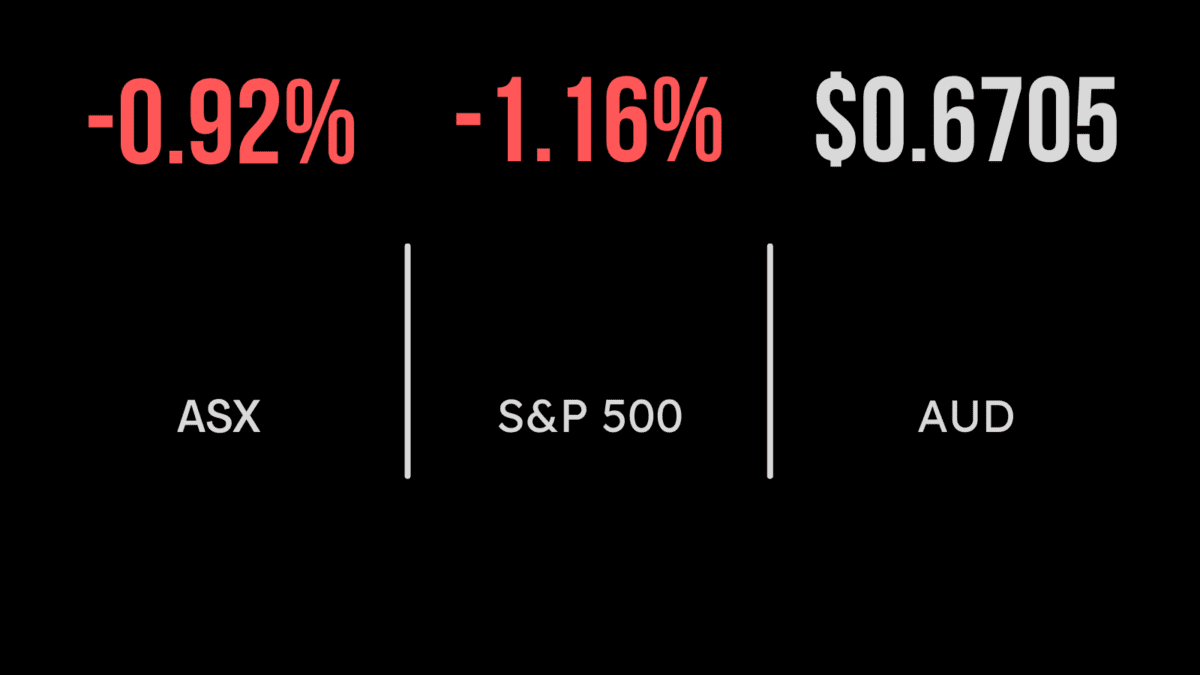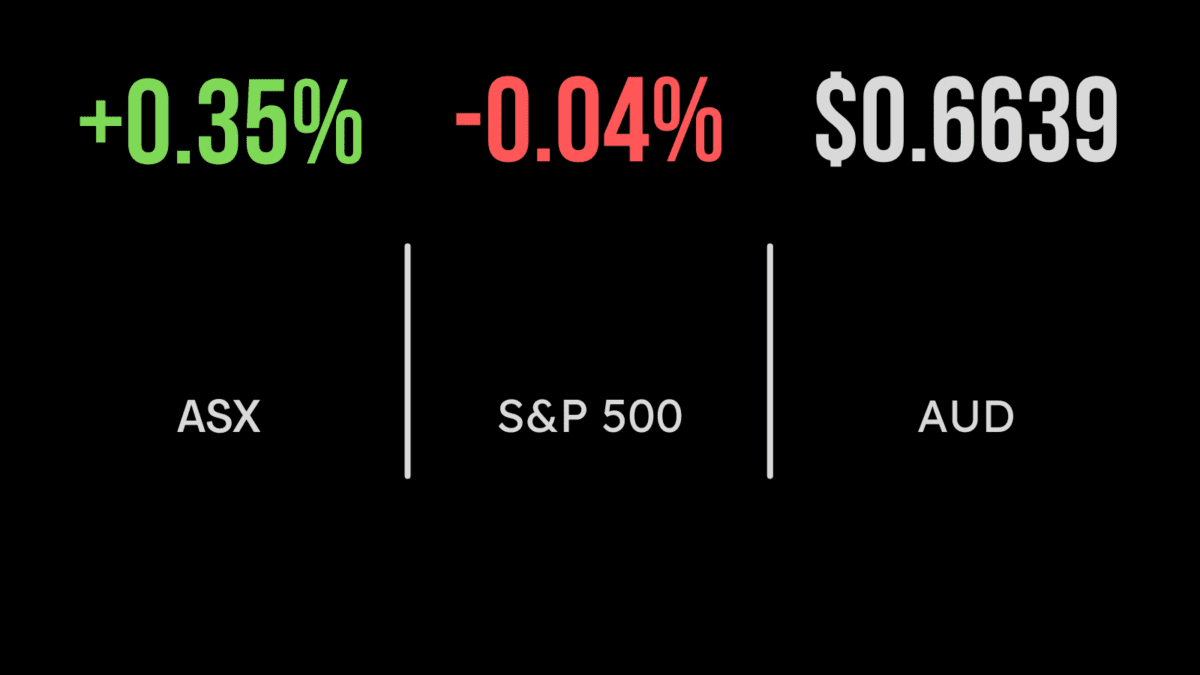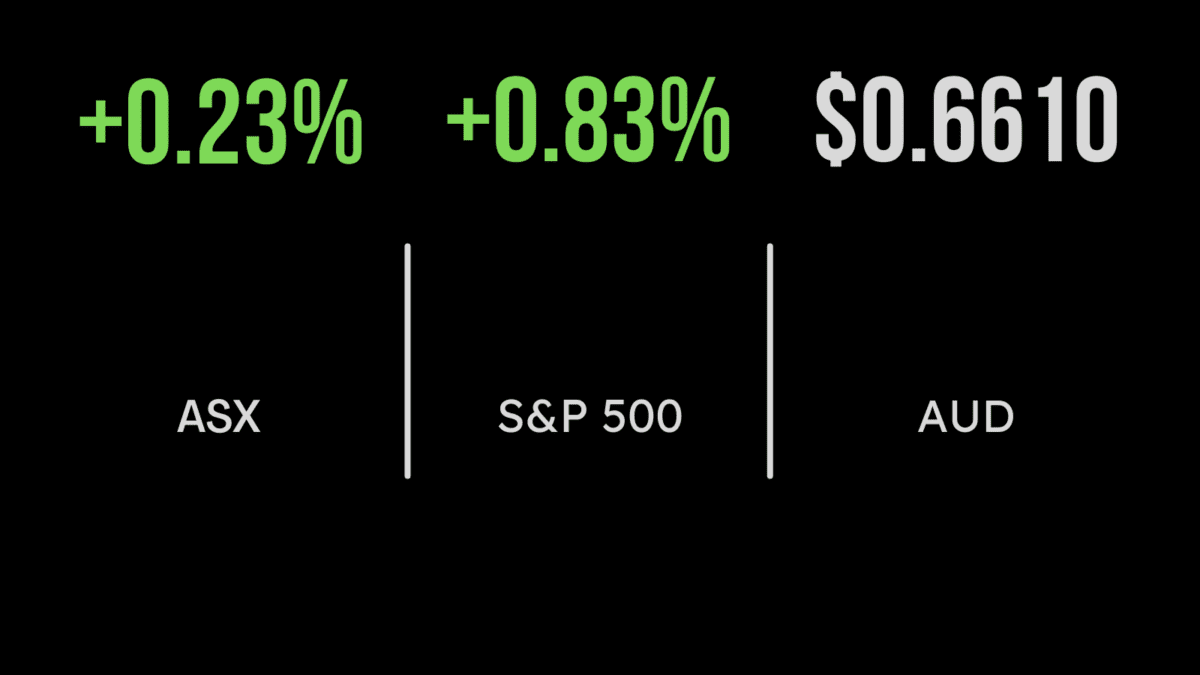ASX sets its seventh record high in eight sessions
ASX gains 1.2%, financials power ahead as Baby Bunting disappoints
The ASX200 (ASX: XJO) finished at another record high on Friday, gaining 0.5% as the positive sentiment from reporting season carried through another week.
Every sector finished higher outside of materials, with healthcare the outperformer adding 1.9% after CSL Ltd (ASX: CSL) once again near $300 per share adding 2.4% ahead of its earnings result.
Baby Bunting (ASX: BBN) is dealing with a pandemic hangover, falling 4.5% despite delivering a 76% jump in profit to $17.5 million. Investors were clearly worried about the falling rate of sales growth, which is just 6.4% in FY21, down from over 15% in 2020.
The market gained another 1.2% powered by the financial sector which gained 3.1% on the back of the Commonwealth Bank’s (ASX: CBA) unexpected buyback and National Australia Bank’s (ASX: NAB) double digit profit growth, up 3.8%.
The standout, however, was GrainCorp (ASX: GNC) with the group adding 14.4% after increasing FY21 forecasts on the back of an expected bumper crop and wheat hungry export markets.
The insurance sector also rallied with QBE Insurance (ASX:QBE) and Insurance Australia Group (ASX:IAG) despite suffering from a spike in claims and the latter reporting a $427 million loss; the shares were up 12.1 and 8.8% respectively.
Positive finish as cyclical rotation continues, Disney beats expectations, confidence falls
US markets finished at all-time highs once again despite a soft finish to the week with the Dow Jones and Nasdaq up a paltry 0.04% on Friday.
The S&P 500 was the biggest contributor adding 0.2% behind a strong earnings report from both the Walt Disney Corporation (NYSE: DIS) and PayPal (NYSE: PYPL).
The consumer staples and real estate sectors led gains while the financials and energy sectors declined as a report show a significant drop in consumer confidence to the lowest level since 2011 as the delta variant spread continues.
Over the week the Dow Jones led the way up 0.9% with the S&P 500 gaining 0.7% and the tech heavy Nasdaq slightly lower.
All eyes were on Walt Disney, however, we smashed expectations to report a US$918 million profit. The group saw quarterly revenue increase by over 50% as the combination of their booming Disney+ streaming platform, reopening of theme parks and increasing sport coverage boosted advertising sales.
Disney+ has now reached 116 million users and is quickly catching Netflix which sits at 209 million despite a decade of runway.
Theme park revenue exceed expectations at US$4.3 billion, with television content including ESPN and ABC reporting a 15% jump in revenue as ad sales grew. Shares finished slightly higher.
Buybacks not the answer, climate in focus, valuations
It was the week of buybacks in Australia as boards follow the US lead and seek to either return capital to investors or reduce their shares on issue.
The CBA, NAB and ANZ along with Telstra, Boral and Suncorp have all announced buy backs in recent months and whilst a short-term positive for the share price, they may actually be hiding a bigger issuer.
As much as we all love dividends, if those dividends are coming from a company that is not reinvesting, particularly in the era of disruption, they are unlikely to be sustainable.
Buybacks tend to suggest a management team doesn’t believe they can generate better returns in house. The release of the UN’s Climate report this week was met with both fanfare and derision, as is typically the case, but regardless of your view on the report it is clear that a transition to a lower carbon and more sustainable economy is already underway.
Many popular thematic funds are seeking to capitalise on demand for exposure but may be contributing to a sustainability bubble, as evidenced by the significant run up in lithium and renewable energy stocks in 2020 and 2021; as always tread with caution and invest for the long-term.
With the S&P 500 hitting its 40 something record high and the ASX200 joining the party the attention naturally switches to concerns about valuations.
On the one hand, the ASX remains fairly valued compared to other assets but particularly government bonds, and the other, most of us aren’t investing directly into the index, rather we are actively seeking to own the best quality assets for the evolving environment.









